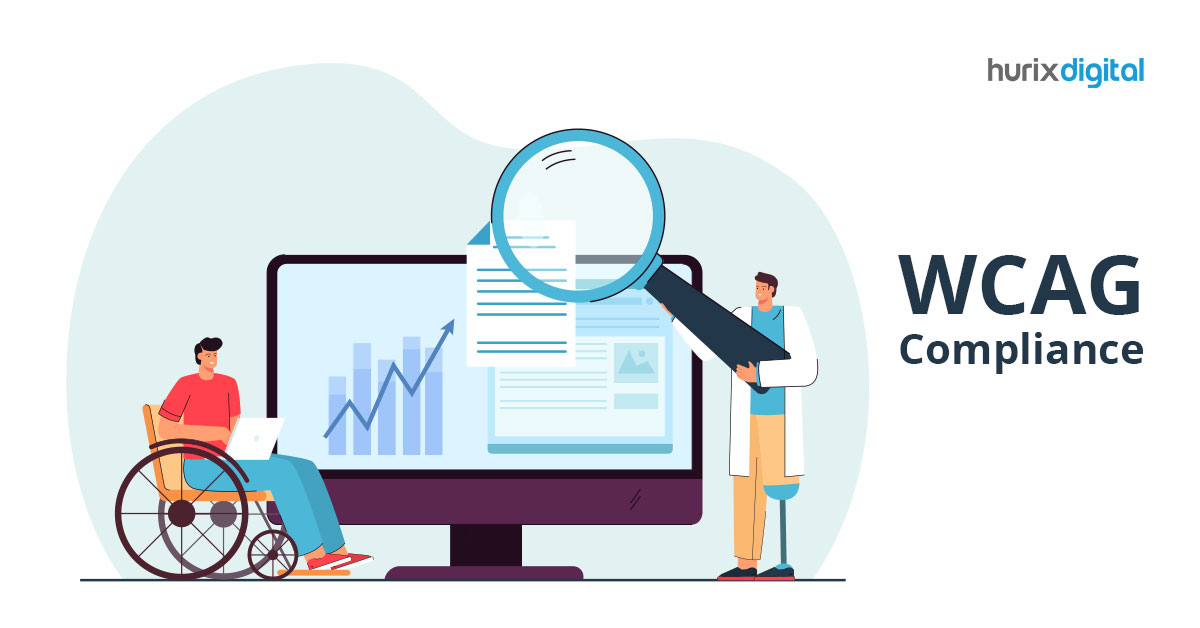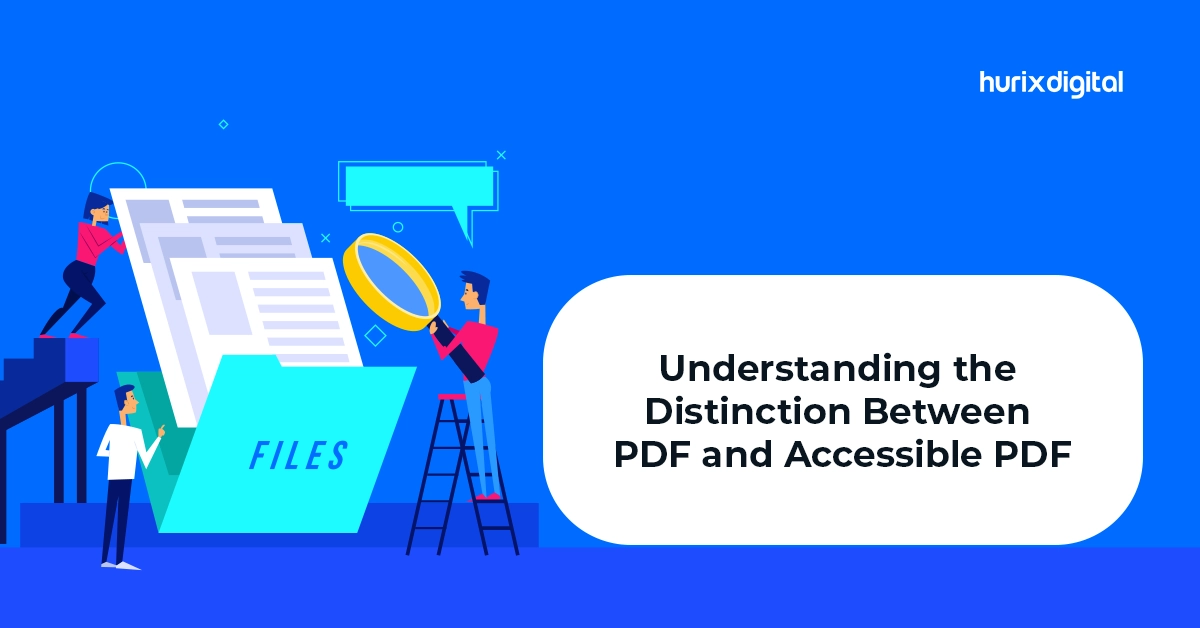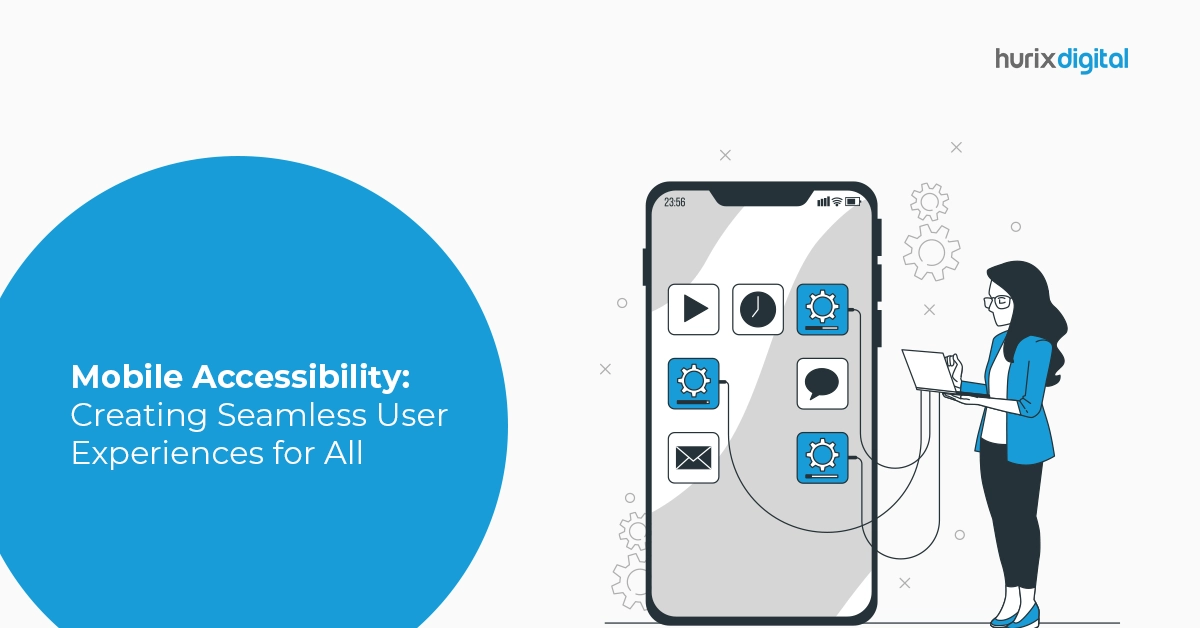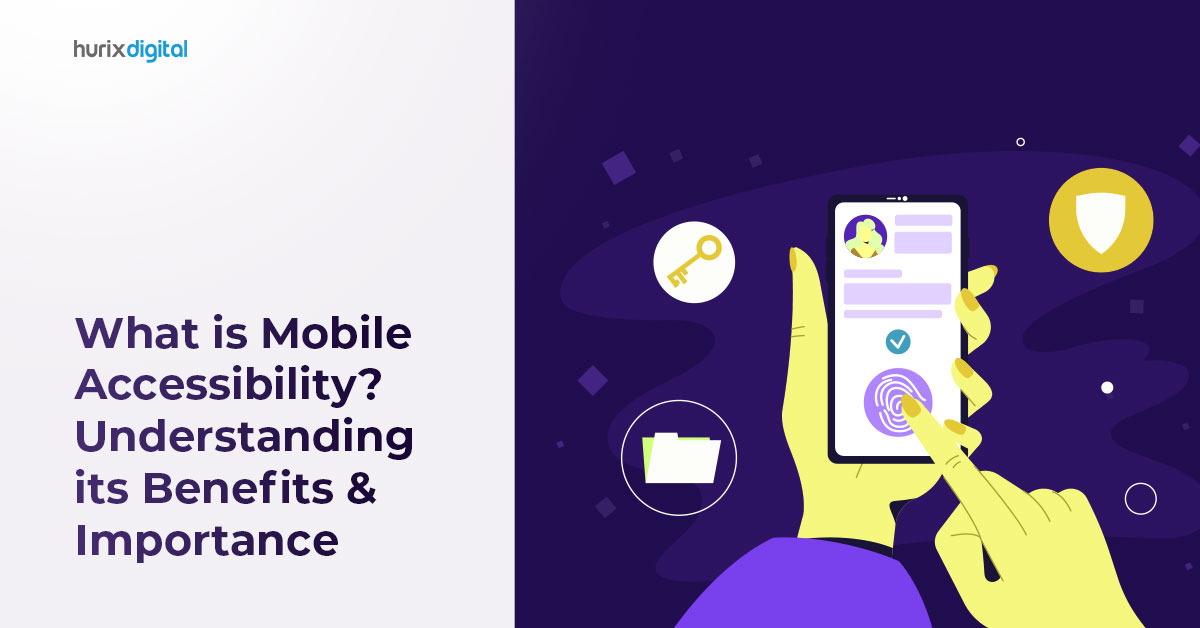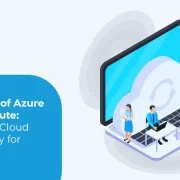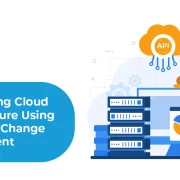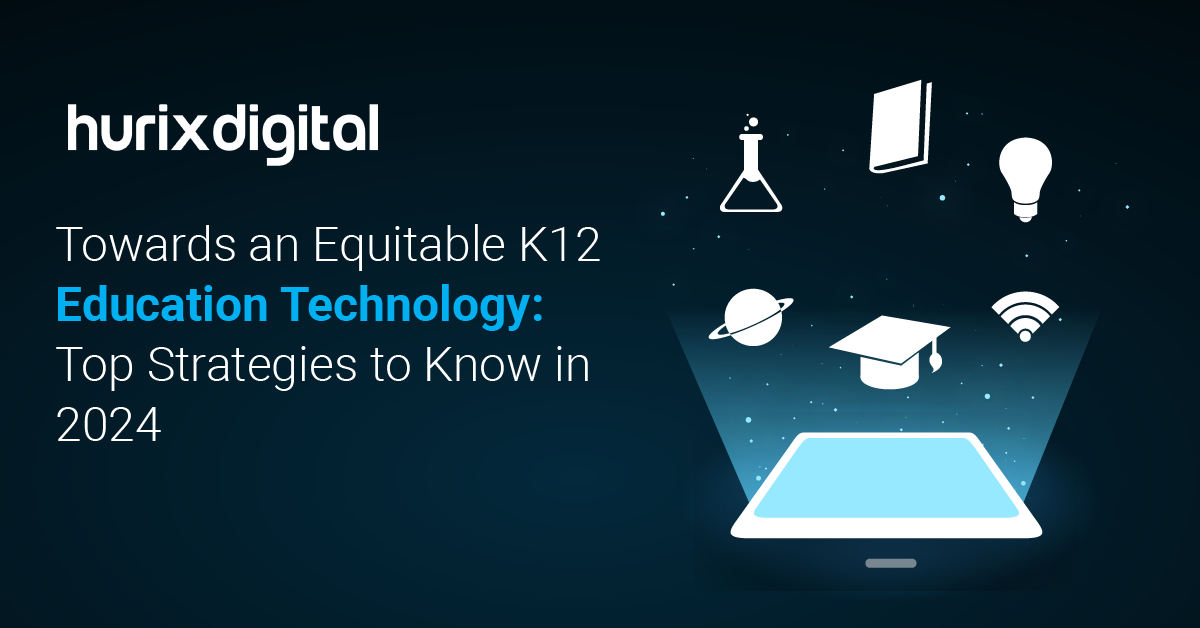
Towards an Equitable K12 Education Technology: Top Strategies to Know in 2024
Summary
Explore strategies for improving K12 edtech and closing the digital divide, ensuring equitable tech access for all students in virtual classrooms.
There are immediate and long-term impacts of the global digital divide on populations all over the world. According to data, approximately 2.7 billion people worldwide lacked internet access in 2022, with 53% of the global population incapable of using fast broadband.
Similarly, the digital divide in K12 education exemplifies the gap between students who have access to technology and those who do not, impacting their ability to participate in online learning.
Bridging this digital divide is the cornerstone for building an equitable educational setting. This blog outlines key strategies required for enhancing K12 education technology. Read on to explore more!
Table of Contents:
- What is Digital Equity in Schools?
- Top Strategies for Enhancing Tech Accessibility in Education
- Top Resources for Inclusive Education Technology
- Takeaway
What is Digital Equity in Schools?
Even though electronic devices are becoming more and more commercialized, not every pupil has a chance to use them at home. The extent to which students use digital tools—including hardware and software—is gauged by their digital access.
Hence, all school-going students should have equal access to technology and data, regardless of their physical competence, age, socioeconomic standing, race, or other attributes. It is essential for educational opportunities and a key element in helping students gain the required abilities to grow into tech-savvy citizens.
Inequitable access to technology robs students of educational possibilities and may even restrict their options beyond K12. The requirement for online learning exacerbates the inequality even more.
There is more while providing students access to technology. It is not just about giving them appliances and the internet. Digital equity also entails ensuring that each student gets the chance to acquire knowledge from an educator who is proficient in the use of technology.
Also Read: 10 Tips for Choosing the Right Educational Games for K12 Curriculum
Top Strategies for Enhancing Tech Accessibility in Education
Educational institutions can foster inclusive education technology for students with different skills by putting these strategies into practice.
1. Create a Methodical Technology Strategy
If you work as a director of educational program development, you might want to encourage your district or school to create a broad-based technology schedule. Make sure you base it on guidelines that cover the necessary steps to give students fair access to technology.
Fundamentally, these guidelines should specify who to contact for assistance in obtaining access, guarantee that people are aware of how to use the technology, and be sufficiently adaptable to take into account the various educational needs and learning preferences of students.
2. Engage the Educators
The mediator between learners and the school administration is the teacher. They have an acute awareness of the requirements and skills of the students and have a connection with them. Teachers and school administrators should collaborate to create programs that support students’ equitable access to technology.
Make sure you confer with the appropriate educators supervising pupils in the targeted area of the campaign.
For instance, before investing in software that enhances literacy abilities, school administrators ought to consult with their English department. Though it might seem obvious, a lot of schools wind up buying out-of-date or unnecessary technology because they neglected to consult with teachers before making the purchase.
3. Launch Initiatives for Digital Proficiency
Even though we live in a technologically advanced society, many American students struggle with using digital tools. A few of the things that make students uncomfortable using technology include poor comprehension of English and a lack of funds to buy digital tools.
Teachers are frequently mindful of which students are not proficient with technology. Thus, it would be wise to put in place digital literacy initiatives that help pupils get up to speed on technology.
Some schools offer an after-school program where students can learn the fundamental computer abilities they need.
Top Resources for Inclusive Education Technology
The difference in students’ access to technology and digital resources is known as the “digital divide” in K12 classrooms. This disparity may make it more difficult for students to take advantage of educational opportunities and engage fully in online learning.
Teachers can use a variety of technology in K12 classrooms to address students’ diverse learning needs and contribute to the creation of an inclusive learning environment to close this gap.
1. Utilize Online Learning Platforms
Teachers can share resources and assignments with students from a central location with the help of online learning platforms like Google Classroom.
In the same way, students can easily participate in remote learning. It is accessible from any device with an internet connection, regardless of geographical barriers.
2. Opt for Mobile Learning Applications
Mobile learning has a prospective 73% increase in efficiency. In this regard, applications such as Duolingo, Quizlet, and Kahoot! can be helpful. They aim to engage students through gamified learning.
These apps can be accessed on smartphones and tablets. Therefore, even students without proper access to a computer or a reliable internet connection at home can still use them.
3. Check Out Augmented Reality (AR) And Virtual Reality (VR)
These technologies enable immersive learning environments in the classroom. Owing to the popularity of AR and VR, their demand is anticipated to expand by $62 billion by 2029.
With the aid of AR/VR, students can experience virtual worlds, visualize difficult ideas, and participate in interactive learning activities that may not be feasible in a conventional classroom.
4. Use Adaptive Learning Platforms
Personalized learning experiences are provided by adaptive learning platforms, which take into account each student’s unique strengths and shortcomings.
These platforms track student progress using data analytics and offer customized feedback to help students advance their skills.
5. Register at Open Educational Resources (OER)
OER platforms provide teachers with free, openly licensed educational resources that they can share and alter. They can obtain excellent resources without spending extra money by utilizing open educational resources (OER).
6. Bring in Collaboration Tools
These enable virtual interactions between educators and students. Examples of such tools are Microsoft Teams, Zoom, and Slack.
Students feel more engaged when they can work together on group projects, share files, and communicate in real time using collaboration tools.
Also Read: Future Trends in K12 Curriculum Development for 2024
Takeaway
More equity in digital access can be achieved by working with edTech companies to offer devices and web access at reasonable prices. Financial constraints should not be a barrier to obtaining digital tools.
By bridging this divide, students will be better prepared to benefit from virtual learning environments while advancing their digital literacy. In light of this, edTech for K12 schools can address digital disparities and create a more inclusive learning environment.
Are you looking for educational technology solutions for your students? Head out to Hurix Digital. From curriculum design to assessment services, we provide end-to-end services to help you deliver advanced K12 digital learning solutions.
To know more about our dynamic suite of customized solutions for K12 education, get in touch with us right away!

Senior Vice President – Business Development
Over 25 years of experience in the edtech and workforce learning industry with strong skills in Business Development, Customer Relationship Management (CRM) and Strategy.
